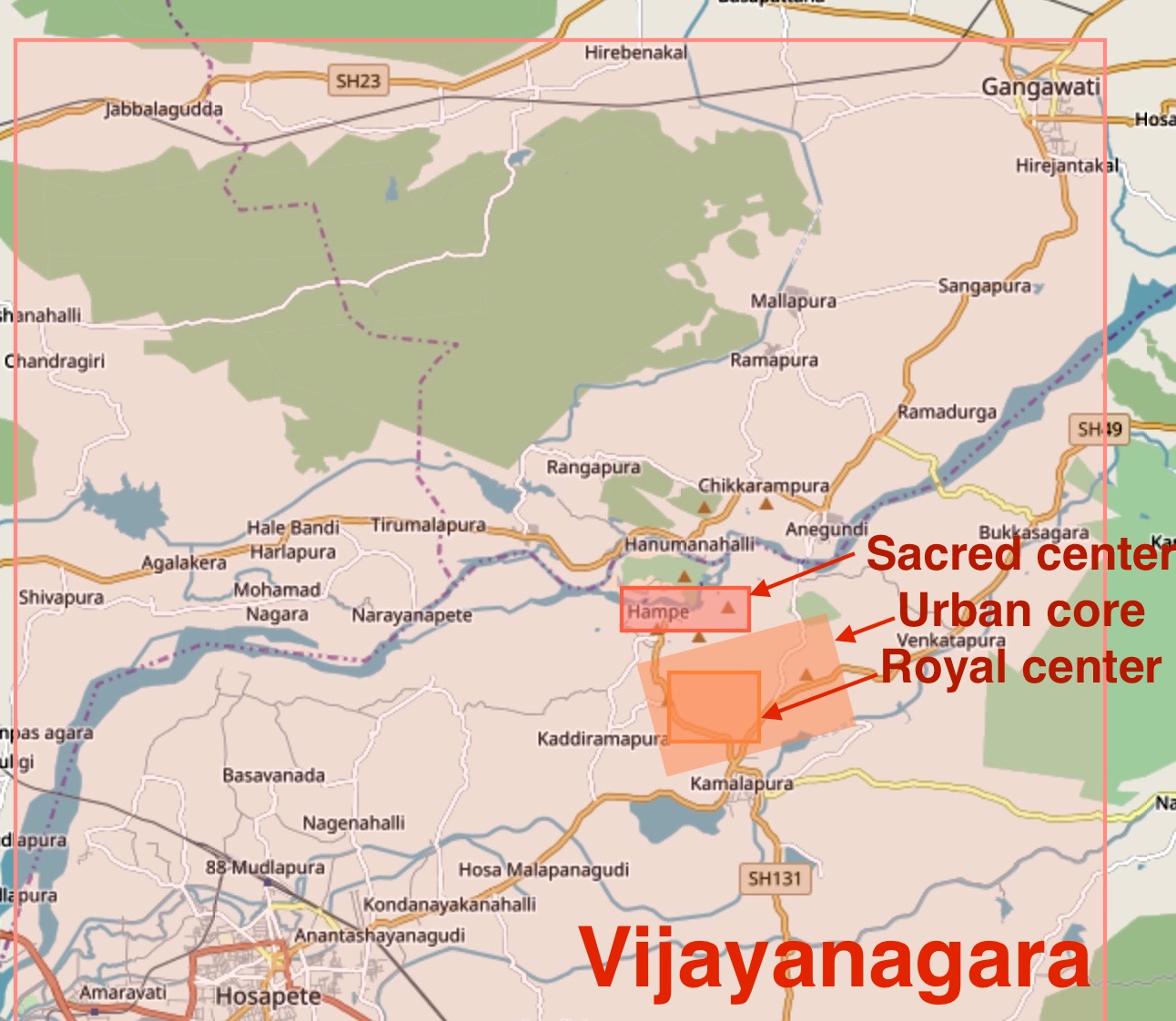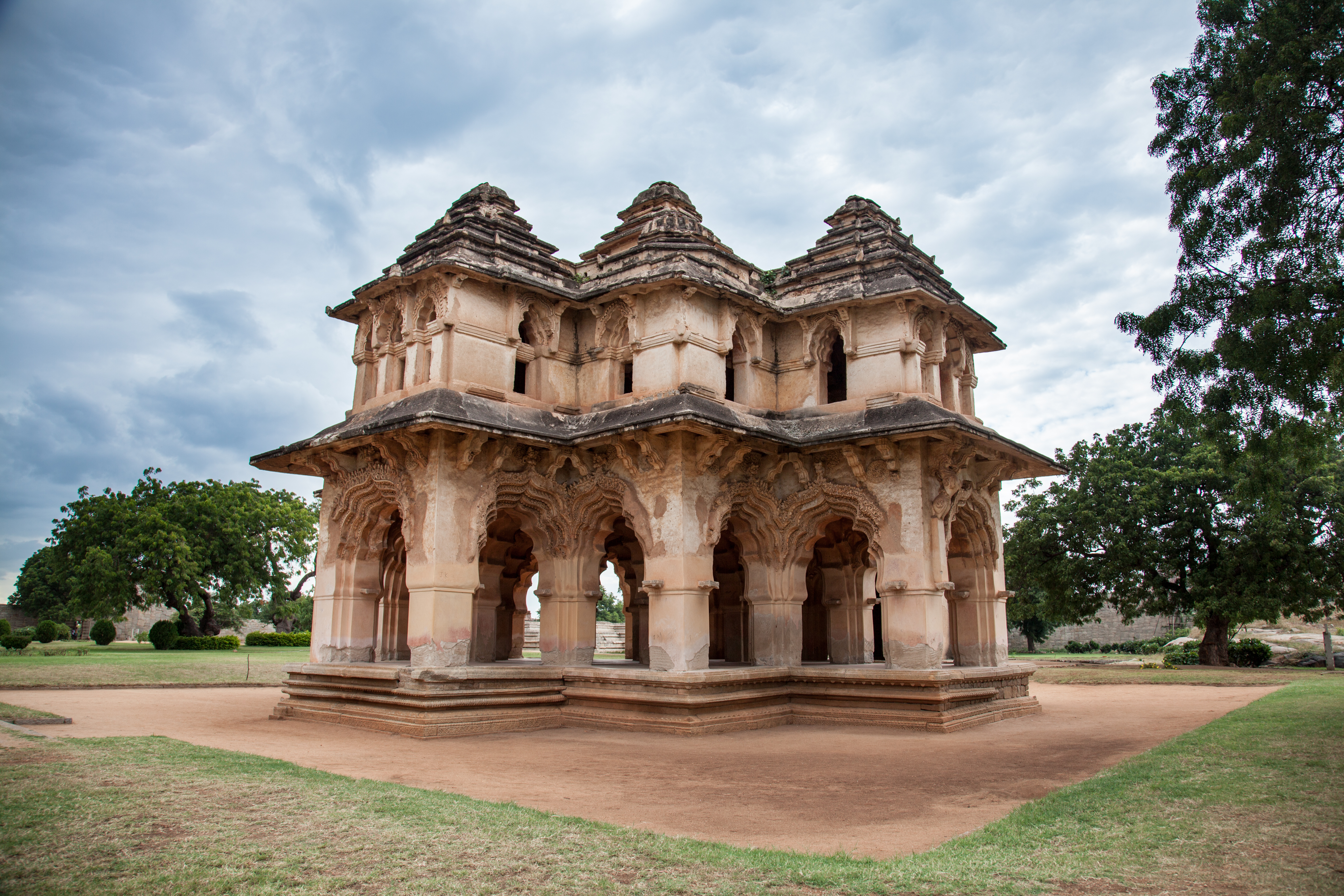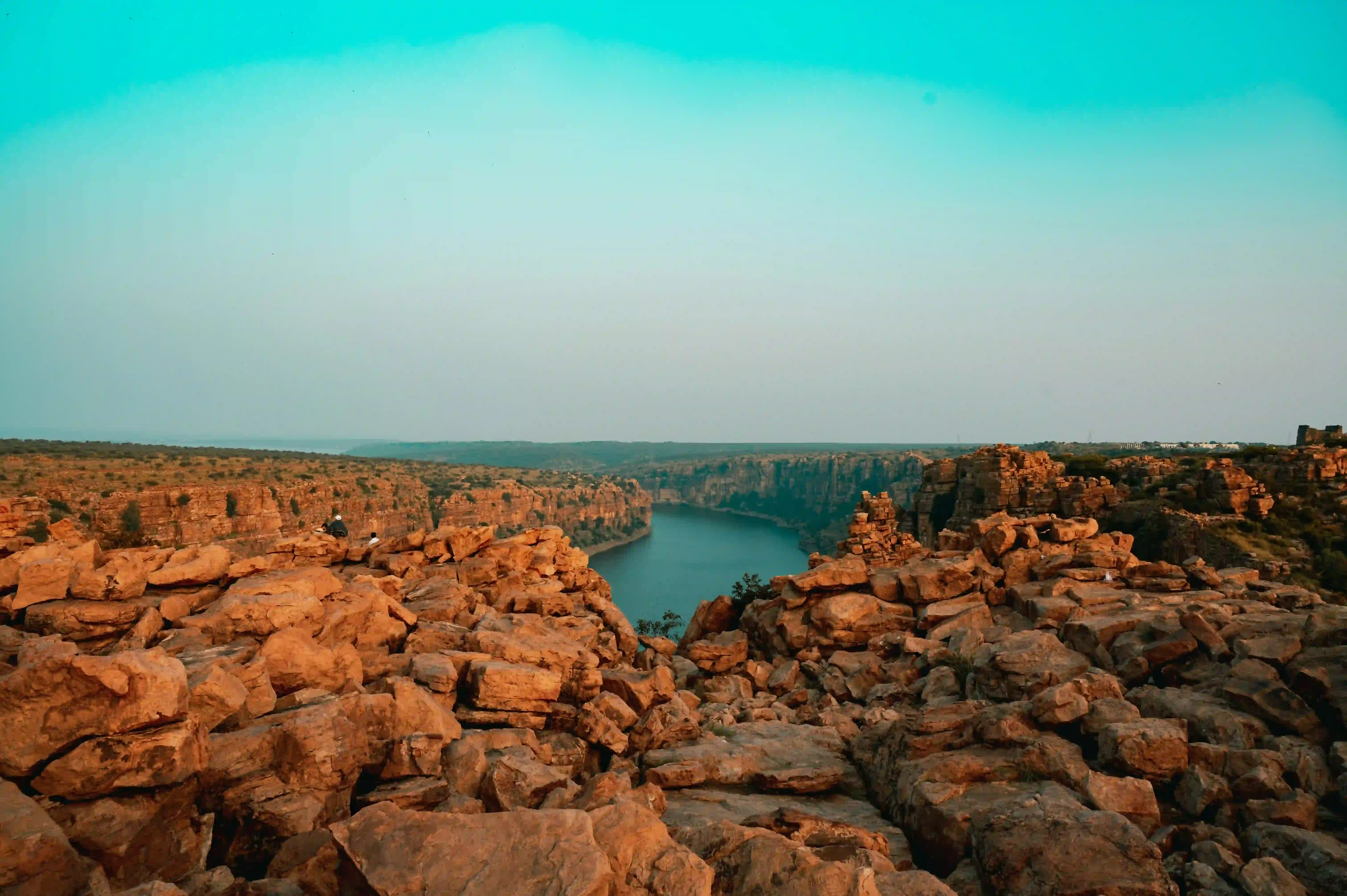The Archaeological Museum in Hampi stands as a profound testament to the region's rich historical tapestry, nestled in the ancient landscape of Karnataka. Located in Kamalapur near the UNESCO World Heritage Site of Hampi, this museum encapsulates the extraordinary legacy of the Vijayanagara Empire, a civilization that flourished between the 14th and 16th centuries.
The museum's origins trace back to 1956, when it began as a modest display near the Elephant Stables. By 1972, it had transformed into a modern museum building, with significant expansions occurring in 2001-02. Its architectural design is intentionally crafted to narrate the region's archaeological journey, featuring four galleries and an open-air exhibition that methodically unfolds Hampi's complex historical narrative.
Architecturally and symbolically, the museum begins with statues of King Krishnadevaraya and his queens, immediately setting a regal tone that hints at the grandeur of the Vijayanagara period. The exhibits are meticulously curated, featuring an impressive array of artifacts that span prehistoric tools, 16th-century weaponry, scaled monument models, and intricate sculptures that provide intimate glimpses into the cultural and economic dynamics of a bygone era.
The site's historical significance extends far beyond its museum walls. Hampi itself is mentioned in ancient texts like the Ramayana and Hindu Puranas as Pampa Devi Tirtha Kshetra, with a legendary origin story involving two local chiefs, Hakka and Bukka. Their capital's establishment was purportedly guided by a mystical hunting expedition where a hare chased their hunting dog—an event interpreted as a divine signal by their spiritual guru.
Archaeological discoveries here reveal a multilayered civilization characterized by sophisticated urban planning, advanced hydraulic technologies, and a remarkable architectural integration with the surrounding landscape. The exhibits showcase not just artifacts, but entire cultural ecosystems—from Neolithic tools to memorial stones commemorating war heroes and Sati women, each piece telling a nuanced story of human experience.
The museum's collection powerfully illustrates the Vijayanagara Empire's cultural complexity. Hindu and Jain monuments coexist, reflecting a society of remarkable religious pluralism. Architectural elements like the Lotus Mahal and Elephant Stables demonstrate a unique synthesis of architectural styles, representing more than mere structural achievements but embodying a sophisticated social and aesthetic sensibility.
While the empire's narrative reached a tragic culmination with the Battle of Talikota in 1565—where a Muslim sultanate coalition decimated the city—the Archaeological Museum ensures that this rich history is not forgotten. Continuous excavations by the Archaeological Survey of India continue to uncover layers of this fascinating civilization, making the museum a dynamic, evolving narrative of human cultural achievement.
Contemporary scholarly interest in Hampi, sparked by early surveyors like Scottish Colonel Colin Mackenzie, has transformed this archaeological site from a forgotten ruin to a globally recognized historical treasure. The museum stands not just as a repository of artifacts, but as a critical space of cultural memory, inviting visitors to explore and appreciate the profound complexity of South Indian historical heritage.




